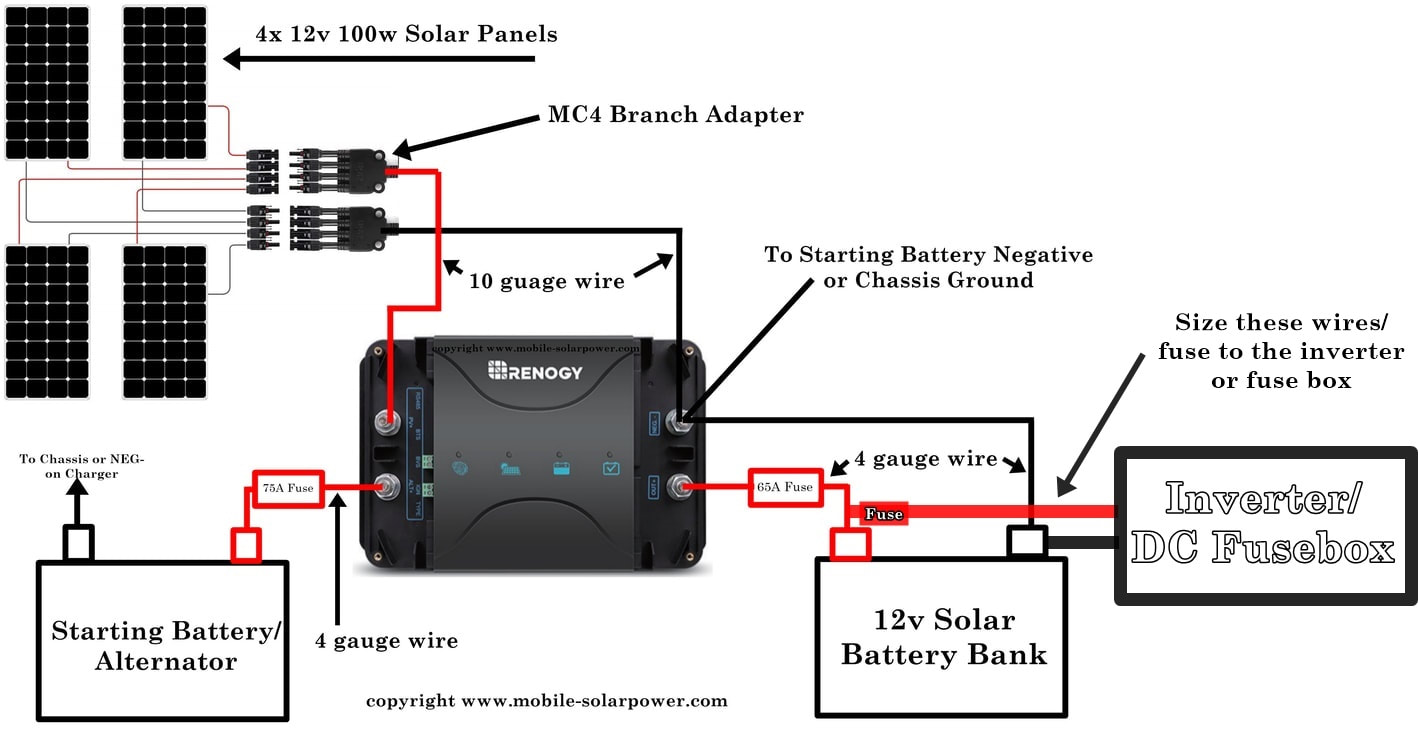EarthboundBob
New member
Hey all,
I have a 2015 4x4 F-150. I am planning on having a shop wire a 110-volt connection from my alternator to my truck bed (always covered by a camper shell). The purpose of this is so that I can plug in a portable power station that charges while the truck is running, and stops drawing power when the truck is off. The main thing I'll have plugged into the power station is a 45 qt fridge, probably an IceCo.
The thing is, the guy at the shop told me to pick up an inverter (I think he may have meant converter?) for this, but I have no idea what I need. Any help you can offer? I know basically nothing about electrical systems! Thanks!
I have a 2015 4x4 F-150. I am planning on having a shop wire a 110-volt connection from my alternator to my truck bed (always covered by a camper shell). The purpose of this is so that I can plug in a portable power station that charges while the truck is running, and stops drawing power when the truck is off. The main thing I'll have plugged into the power station is a 45 qt fridge, probably an IceCo.
The thing is, the guy at the shop told me to pick up an inverter (I think he may have meant converter?) for this, but I have no idea what I need. Any help you can offer? I know basically nothing about electrical systems! Thanks!
Last edited:

